ਬਲੌਗ
-
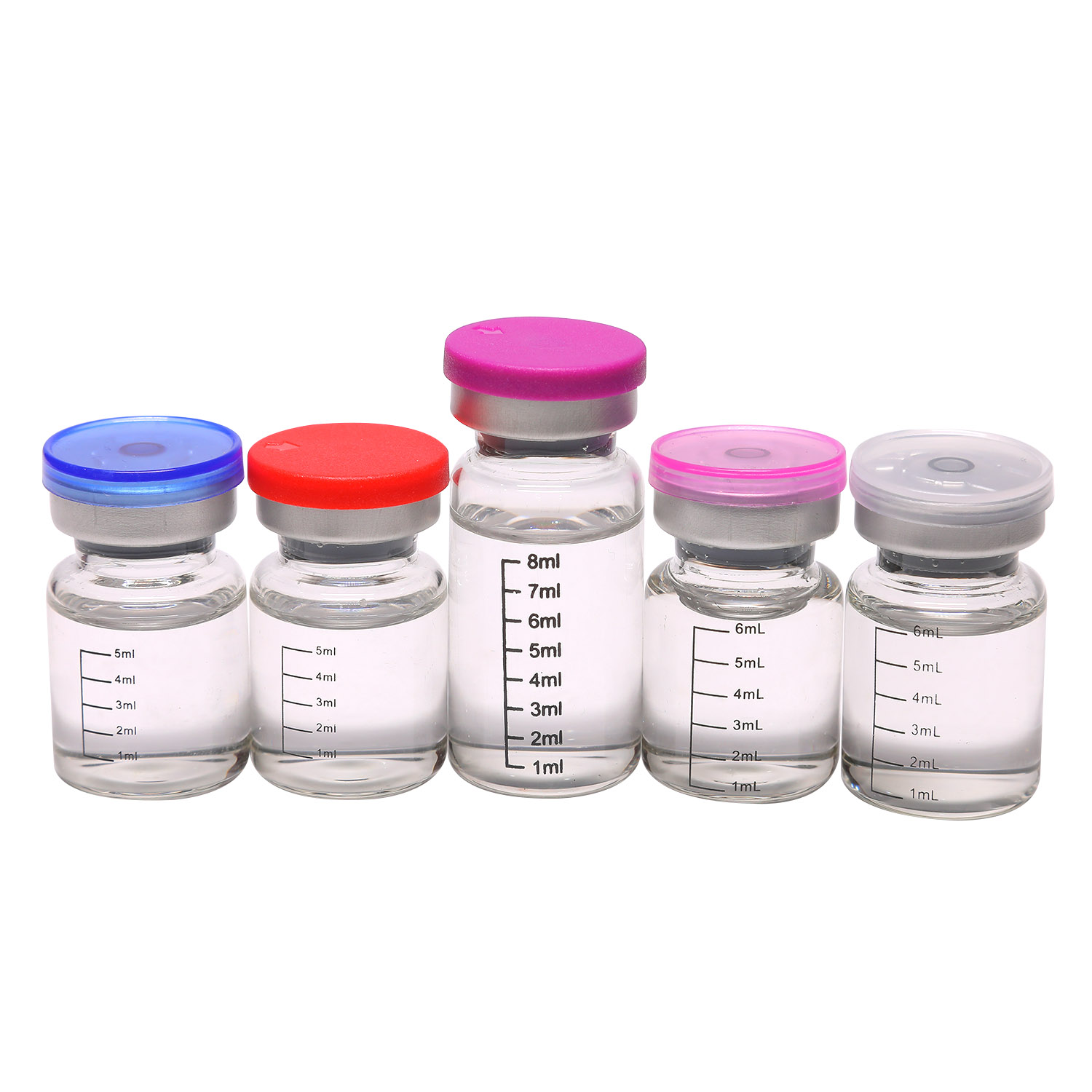
Active Pharmaceutical Ingredients (APIs)
Active Pharmaceutical Ingredients are the active ingredients contained in a medicine.It is that part of the medicine that produces the intended therapeutic effects.For example, in a painkiller, the active ingredient relieves pain. In the OTC drug Crocin, the API is paracetamol.Only a small amount of the API is required to produce the effect and so the medicine contains only the required amount of the API.Some drugs contain multiple APIs to treat varied symptoms.API is the most important raw material in the production of medicines.ਹੋਰ ਪੜ੍ਹੋ -
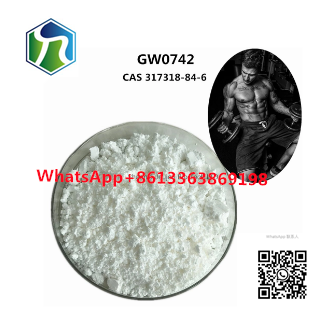
What is GW 0742
GW0742 is a recently famed drug, often mentioned in comparison with Cardarine. This drug is mostly used by athletes to improve their stamina. The fat affecting properties of GW0742 also make it a good promoter of energy in the body. Additionally, this drug helps increase the oxidative abilities of your body muscles.PPARδ/β agonist, GW0742, has been investigated for its usage as a drug by GlaxoSmithKline. Its atomic structure reveals just one minor difference between GW0742 and Cardarine. Yet, this drug takes the lead over Cardarine. Many people claim that GW0742 is around 200 times more effective than Cardarine.The uses and mode of action for GW0742 are almost similar to those of Cardarine. However, this drug is more powerful and has many additional benefits too. Several studies to discover other possible uses of GW0742 are currently underway. It is expected that more information about this drug will be revealed soon.ਹੋਰ ਪੜ੍ਹੋ -
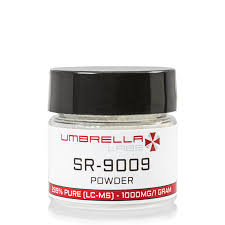
What is SR9009?
SR9009, also known as Stenabolic, is a research chemical that is classified as a selective androgen receptor modulator (SARM). It was originally developed to study the circadian rhythm and its effects on metabolism. However, it has gained popularity among athletes and bodybuilders for its potential performance-enhancing benefits.ਹੋਰ ਪੜ੍ਹੋ -
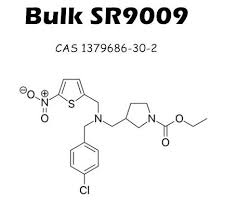
What is SR-9009?
SR-9009 is a stenabolic SARM that has been studied in mice and shown to increase running speed, decrease levels of obesity, and stimulate mitochondrial production, thus enhancing muscle mass and metabolism. While SR-9009 falls under the category of SARMs, it is commonly considered as REV-ERB-A, a protein found in the liver, skeletal muscles, and brain, and it is best known for affecting circadian rhythm and metabolic regulation.ਹੋਰ ਪੜ੍ਹੋ -

SR9009 Description
SR9009, which is currently under development at The Scripps Research Institute (TSRI), increases the level of metabolic activity in skeletal muscles of mice. Treated mice become lean, develop larger muscles and can run much longer distances simply by taking SR9009, which mimics the effects of aerobic exercise. If similar effects can be obtained in people, the reversal of obesity, metabolic syndrome, and perhaps Type-II diabetes might be the very welcome result.SR9009 also known as Stenabolic,amazing endurance and strength, fat loss, muscle hypertrophy (growth), improved cholesterol and blood sugar levels, and an increased metabolism. Hence, one can expect results similar to those seen with Cardarine (GW-501516), but with considerably more extra benefits. Besides, since stenabolic works great both solo or stacked, it will be a very good addition to any steroid or SARMS cycle, and it will give especially impressive results when used together with Cardarine.ਹੋਰ ਪੜ੍ਹੋ -
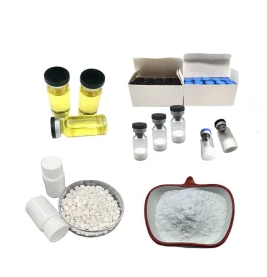
SARM Supplements In Top 10: SR9009(1379686–30–2)
After hearing the hype surrounding SARM SR9009, you are probably wondering; is this the right drug for me? Well, it may be what you need if — you’ve been watching your calories, been exercising like your life depends on it, and have spent a pretty penny on fat burners. Now you’re looking at yourself in the mirror and can’t help but wonder — why didn’t it all work?If you’ve been wondering what it’s going to take to burn fat and build lean muscle, you need to include SR9009 in your workout regimen. Even more exciting news is that using a SARM such as SR9009 will burn fat and build lean muscle at a level comparable to steroids, but without the hideous body-hair growing, ball-shrinking, and liver-destroying effect.What are SARMs exactly? Selective Androgen Receptor Modulators (SARMs) are an exciting new class of performance-enhancing drugs that accelerate fat loss and increase muscle growth. Their effectiveness may be slightly lower than that of steroids, but this also means that their side effects are less serious.ਹੋਰ ਪੜ੍ਹੋ -
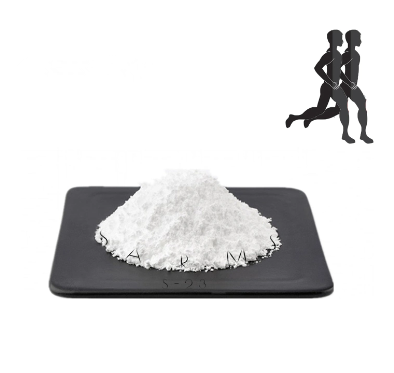
What is LGD-4033
Anablicum (LGD-4033) is a selective androgen receptor modulator (SARM), discovered by Ligand Pharmaceuticals Inc and perfected by SARMS1. LGD-4033 binds to the androgen receptor of muscle and bone selectively, exhibiting similar effects as testosterone, with only partial agonist activity on the prostate. It was developed as a way to treat diseases or conditions associated with muscle and bone deterioration. The advantage a SARM like LGD has over testosterone is the difference in activity it has on the body outside of muscle and bone.ਹੋਰ ਪੜ੍ਹੋ -
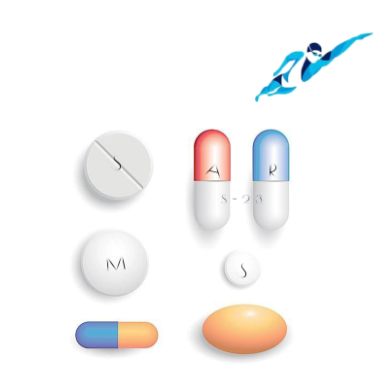
What is LGD-4033?
Just like when steroids were first developed, the main purpose was to treat diseases such as muscle atrophy. LGD4033 has a very powerful effect on muscle gain. It stimulates the human selective male (AR) to quickly restore muscles that have been torn after muscle gain exercise. Therefore, after training, the pain of muscle damage will also be very large. The muscle swelling effect is very good after repairing!ਹੋਰ ਪੜ੍ਹੋ -
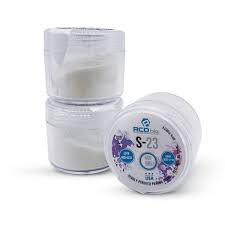
What Is S-23?
S-23 is an orally bioavailable, non steroidal selective androgen receptor modulator (SARM) that has been proven to increase lean muscle and bone tissue while being tissue selective (unlike traditional steroids). Studies and user reports suggest that S23 is the closest SARM to steroids, with a few key differences, such as decreased prostate size. Other user reports suggest that S23 is a much more powerful version of S4 Andarine) and the benefits of this SARM falls in the category of hardening muscle and creating a grainier aesthetic look. Read on for a comprehensive review of everything you need to know about S23, including benefits, side effects, studies and results for increasing muscle mass and preserving gains.ਹੋਰ ਪੜ੍ਹੋ

